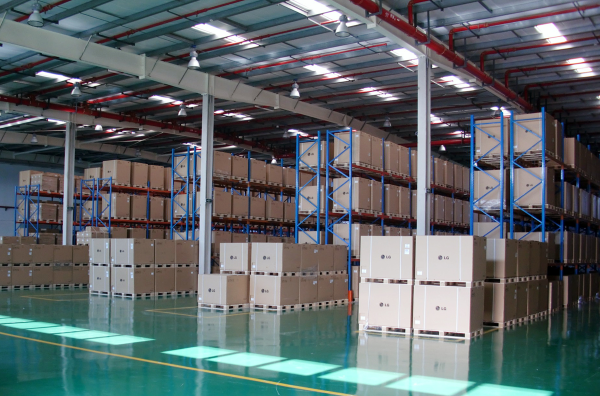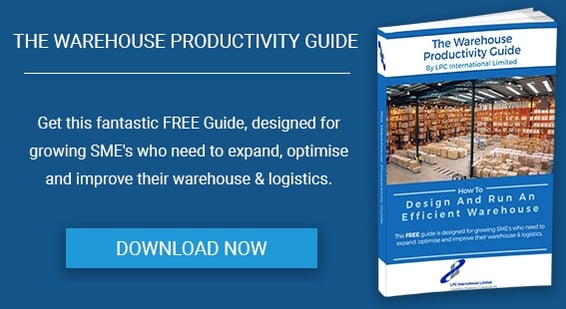
Increasing your warehouse storage space does not just come down to improving the layout of your facility. There are also best practices you can adopt that make the best utilisation of the space you have. When combined with other efficiency measures, thinking smart and rationally planning how best to use your warehouse can increase the capacity you have available for storage.
The following are four practices that warehouse operations of any size can immediately adopt to boost the optimisation of the space they have available:
1) Carry out regular housekeeping to consolidate part-pallets
An area that is not fully occupied is not being used to its full potential. As stock is moved and orders processed, areas become fragmented, with wasted space that is difficult to occupy. The biggest culprit for this are part-filled pallets, which take up the same amount of space as ones that are fully utilised. To minimise this happening, schedule regular housekeeping reports that give you the fill rate or occupancy level of each part of your warehouse. You can then consolidate the part-filled pallets or rearrange your stock to more suitably sized locations to make way for new deliveries.
2) Ensure beam spacing and pallet heights are matched
Matching beam spacing to the pallets you use in each location avoids two common warehouse problems: If your beams are too high, you will end up with wasted space above your pallets. The opposite problem comes from having your beams too low, meaning you can’t fit as many pallets into the space and the area has to be replenished too often. So having the right locations for the product profile is an important way to optimise your storage space, as well as saving time. If possible, create specific storage locations to suit the height of each type of pallet you need to store.
3) Consider the most suitable racking types and aisle widths to optimise storage and picking profiles
As well as the height of your beams, you should also consider the width of your aisles and the depth of your storage location. Once again, these considerations should be planned around your picking profile. Space becomes wasted when products are made to fit around an existing warehouse layout in an ad hoc manner.
Storage locations need to be deep enough so that products can be extracted or loaded in the shortest possible time. It follows that smaller products should be stored on shallower shelves, as small products on deep shelves will cause a problem. Likewise, larger products will need deeper locations so as to avoid having to restock too often.
Aisles should be wide enough to accommodate a smooth flow of traffic through your warehouse potentially in each direction, while not being too wide – as this will cut into your storage space and potentially increase pick route distances.
4) Don’t over-order products
Don’t feel you need to use every square inch of the warehouse to accommodate stock. Over-ordering products increases the risk of obsolescence, but there is also an implication for storage space. The more space taken up with storage, the less room you have available for movement and other vital activities.
Warehouses with greater space available for operations and faster movement can afford to stock fewer products as they can manage a greatly increased turnover. This may lead to you making greater use of the space you have and stocking more in terms of SKUs each month than you would with a warehouse stocked up to the rafters. The principle we like to follow is: order more frequently, and turn over stock more frequently.
Another reason not to ‘fill’ your warehouse to maximum is that you need ‘rattle space’ to allow efficient put away and housekeeping of stock. More rattle space effectively stops both practices.
Making Your Warehouse Work Harder For You
Taking a look at your warehousing practices reveals more efficient ways of using your space, some of which may be counterintuitive. Warehouse storage space is not a commodity in and of itself but is rather a tool through which you create value by facilitating the movement of stock. So while you should always look to increase the storage space you have and reduce waste, you should also look to implement practices that make your space work harder and smarter to deliver more growth.
For a wider look at how to make savings across your supply chain, please download our free ‘Warehouse Productivity Guide’ e-book from our website today.


